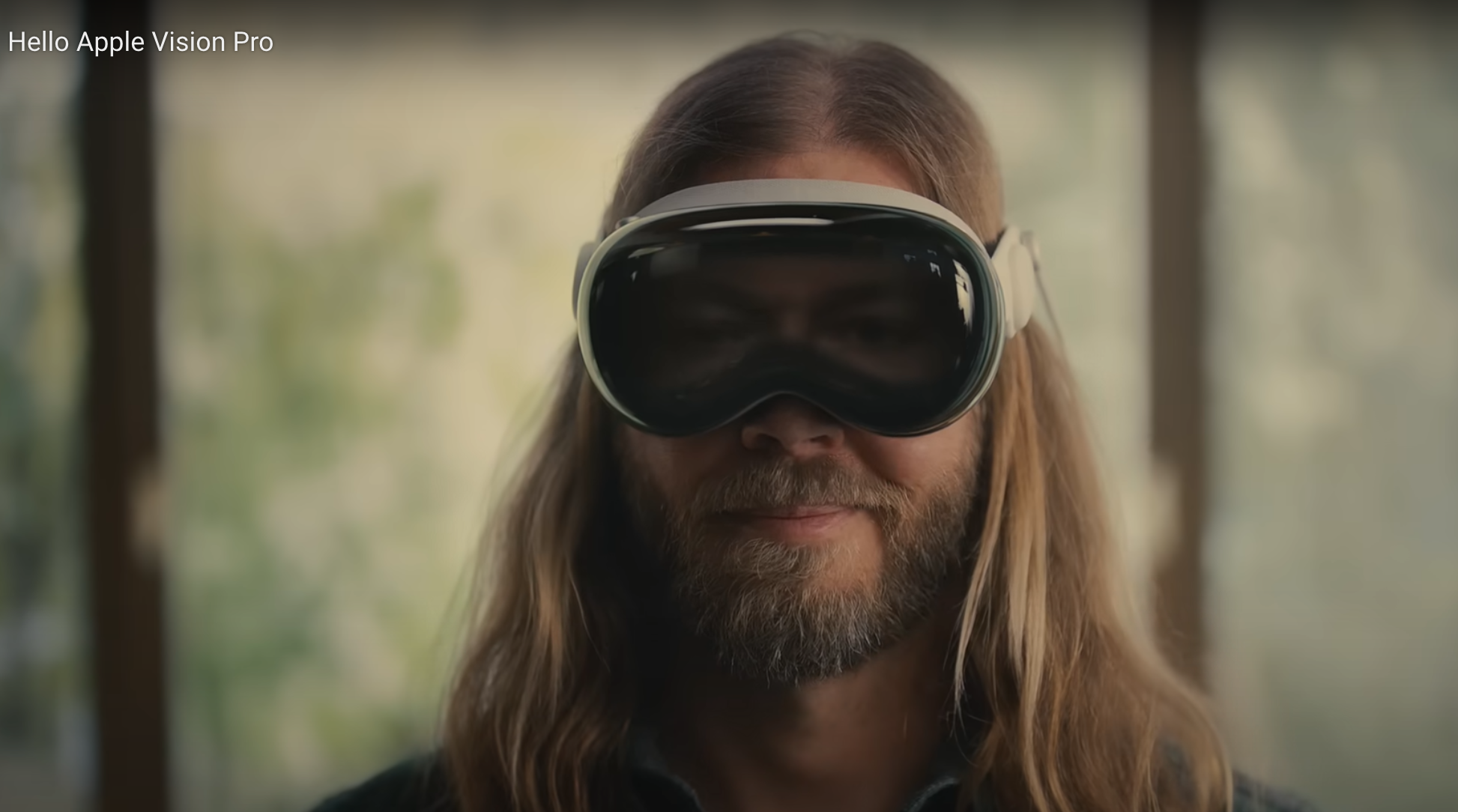Articles

Reskilling to Boost Your Career
1 de May de 2024

“One more thing…” That’s how Tim Cook, Apple’s current CEO and Steve Jobs’ successor, revealed that his company had something important to announce at the recent WWDC 2023. It had been six years since he last used this phrase, back when he introduced the launch of the iPhone X in 2017.
At long last, it happened: the highly anticipated release of the Apple Vision Pro. These virtual reality glasses are poised to become one of the tech giant’s standout products.
These glasses are a blend of augmented and virtual reality, unlike anything seen before. They could be considered the first step in a journey where Apple takes the lead over their competitors, and they have everything it takes to keep that advantage.

Two months ago, Apple released a video titled “Hello Apple Vision Pro” on YouTube, demonstrating the functionality of its latest eyewear. The device is operated using both eye movements and finger gestures. By directing your gaze, you can select specific items, while a simple two-finger pinch gesture will produce the click.
The setup process is quite simple: it involves scanning your eyes and hands, followed by a brief tutorial demonstrating how gestures work by touching points within your field of vision.

The system is incredibly accurate and precise. It operates on integrated eye tracking technology, based on LEDs and infrared cameras.
Apple’s latest device offers a more immersive experience thanks to its advanced audio system based on spatial sound. Using its audio mapping capabilities, Apple Vision creates a 3D representation of the environment through infrared and camera sensors, dynamically adjusting audio output to the user’s position in real time.

Ok, but what can you actually do with this technology? Well, in this initial version, the aim is pretty straightforward: “to revolutionize the multimedia experience by allowing content consumption beyond the confines of physical space.” In simpler terms, it’s not just about holding a work meeting from your sofa — it’s about strolling by a restaurant and having a pop-up window appear nearby with ratings, deals, or menus. Picture yourself enjoying your favorite shows and movies wherever you are, even during your commute to work, with the option to adjust the content to fit any surface. These glasses enable you to surf the web, run apps, and play games (they’re even compatible with the PlayStation 5 controller), and they also come equipped with a 3D camera for capturing photos and videos with depth. What’s more, FaceTime has been revamped for this mixed reality, offering three-dimensional conversations that make it feel like your friends are right there beside you.
Some experts believe that immersive technologies like these have the potential to revolutionize our perception of the world and how we interact with it. Apple has a track record of capturing public attention and mainstreaming its innovations. Just as with products like the iPhone, iPad, or iPod, which changed how we consume music, many anticipate that Apple Vision will make a significant impact, not only on consumers but also on creators and businesses. However, some think it’s risky, considering the already uncertain market landscape.
What’s certain is that the capability to visualize and interact with 3D data presents exciting opportunities for professionals across diverse sectors, including architecture, design, engineering, and healthcare. Also, the potential for more interactive and personalized meetings through three-dimensional conversations adds a new dimension to communication and collaboration.
Apple Vision can also help with everyday tasks. Imagine projecting cooking recipes while you cook or participating in personalized fitness or boxing classes, virtually placing you in an interactive gym setting with a personal trainer in a much more realistic way.
While these glasses have the potential to revolutionize aspects of our daily lives, they also come with some challenges that are worth considering.
Hilo recopilatorio de gente viviendo en modo espacial con las Apple Vision Pro 😂
— Luis Herreras (@yuiso) February 3, 2024
Aquí tenemos la primer personaje conduciendo con el visor puesto.pic.twitter.com/eRtHtebfY3
While there’s uncertainty regarding their widespread use, it’s undeniable that these glasses hold immense potential to redefine how we engage with our surroundings. Yet, we’re still exploring how this technology will progress and the new possibilities it will unlock. Whether it will truly revolutionize the virtual reality market or simply become another passing trend remains to be seen.